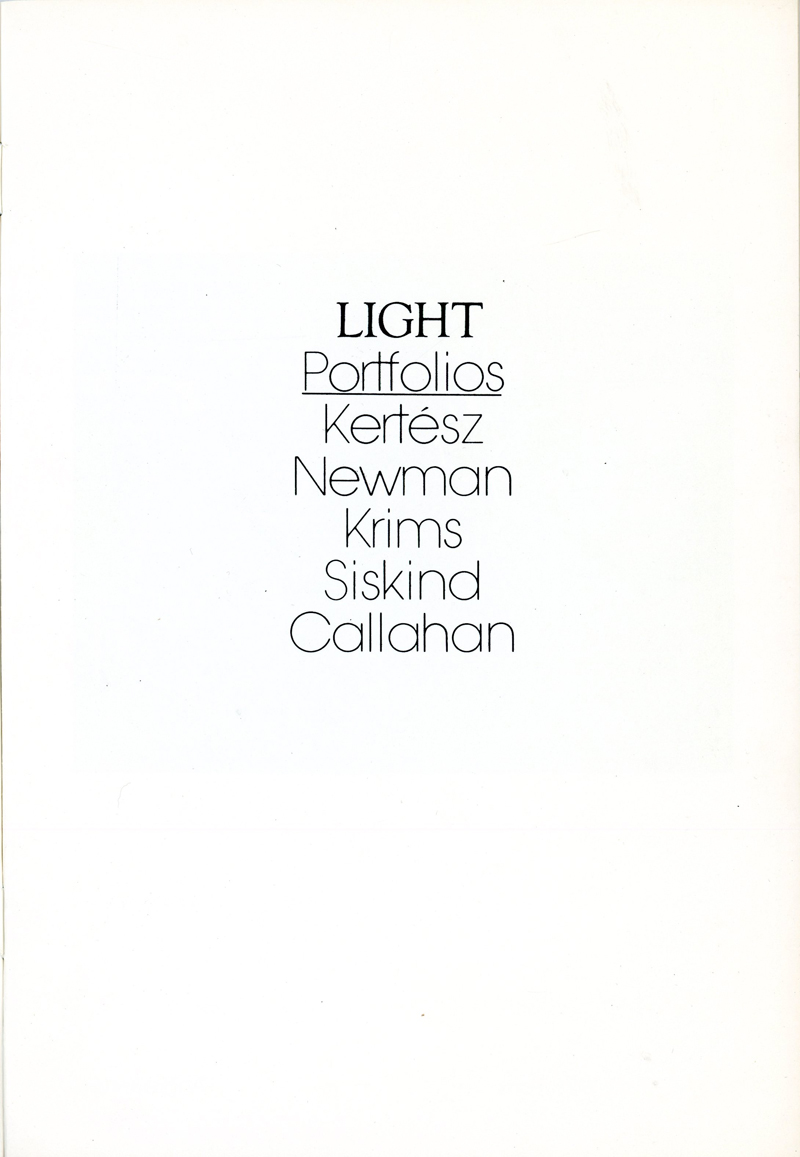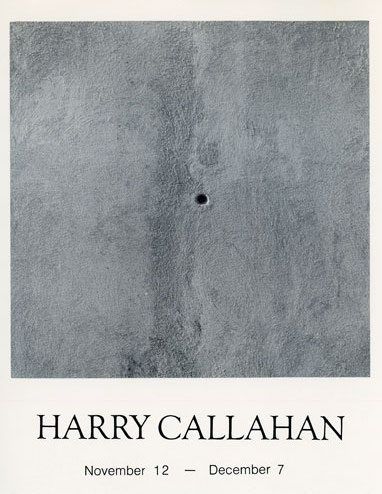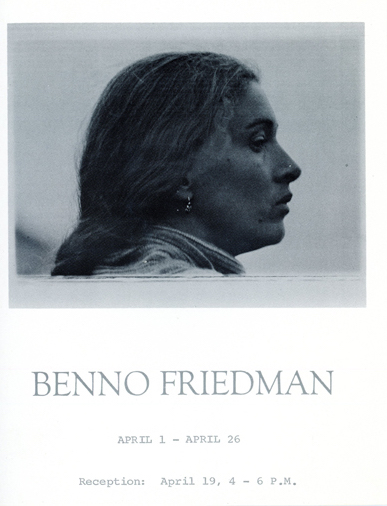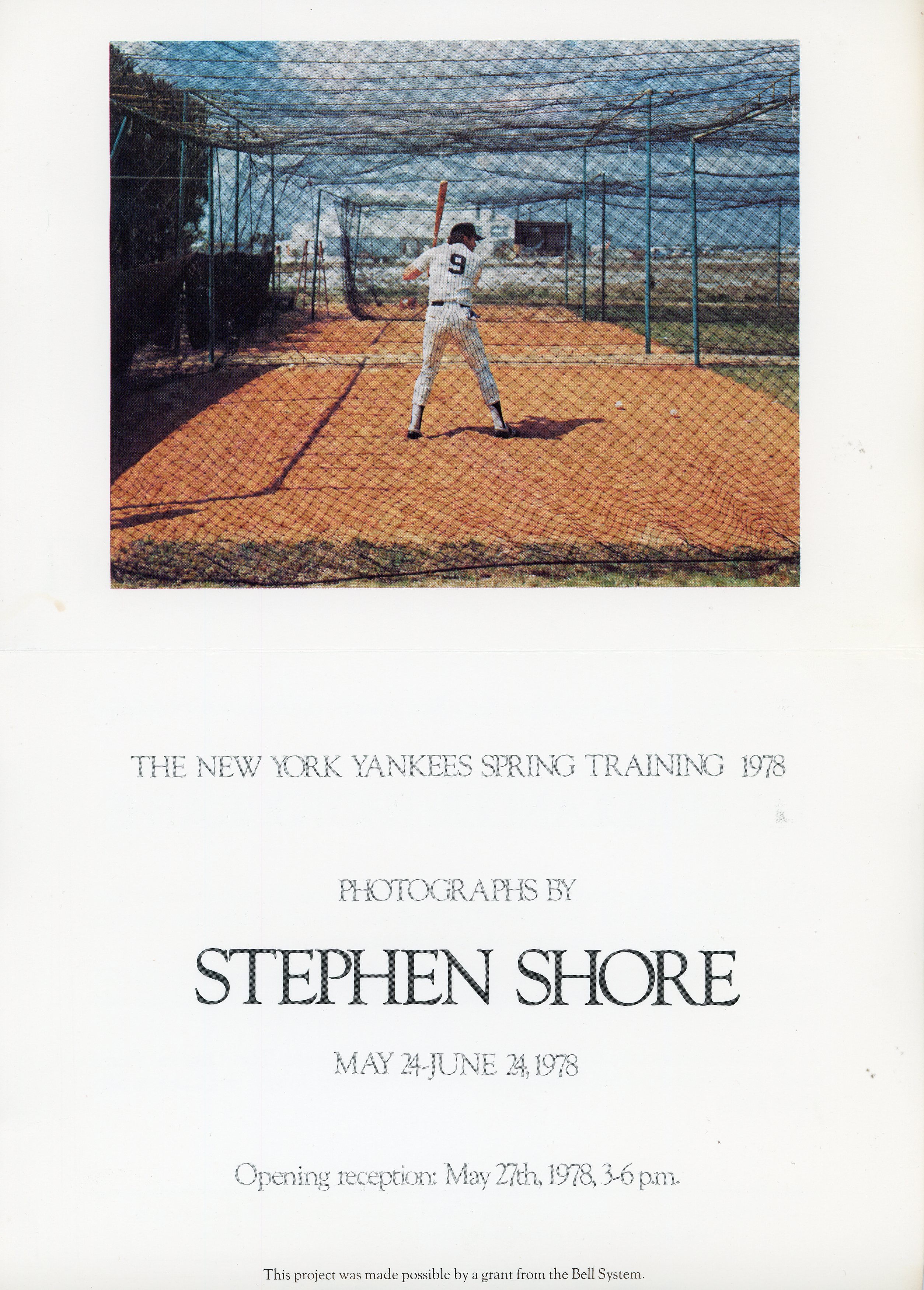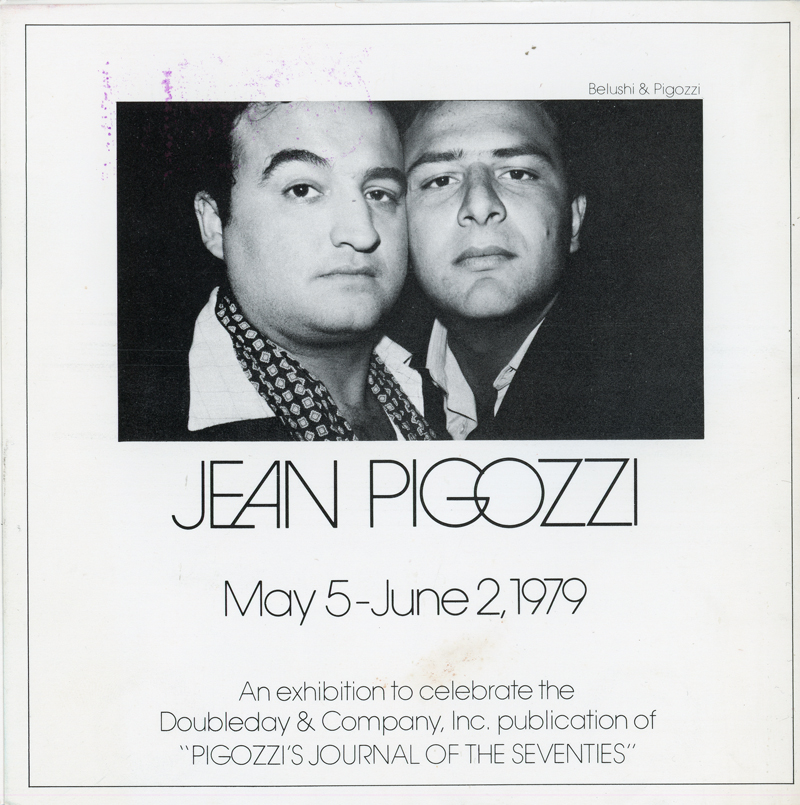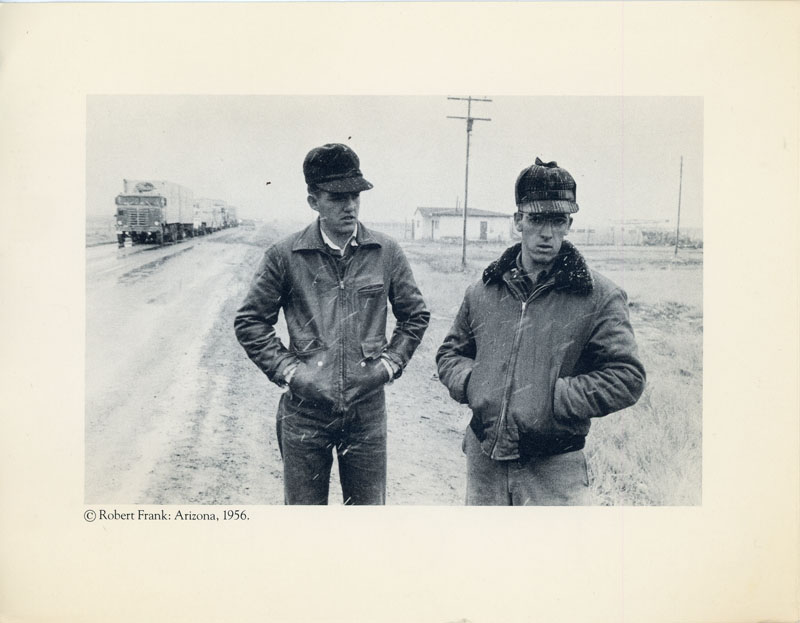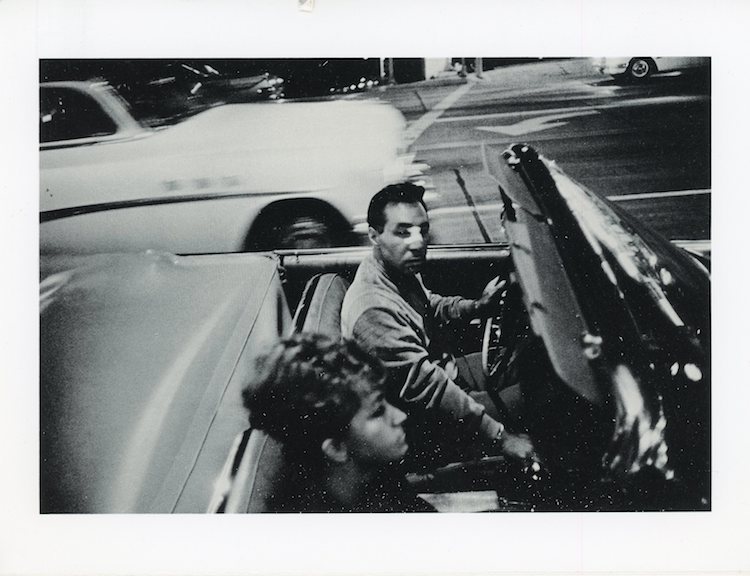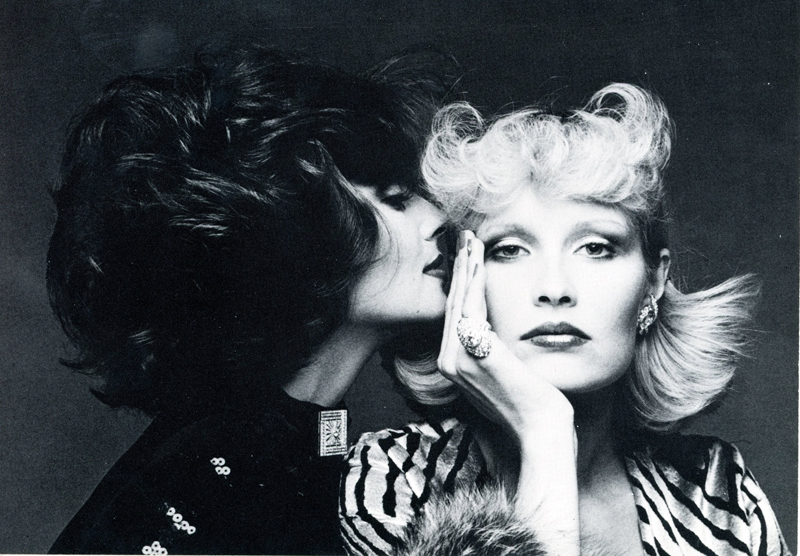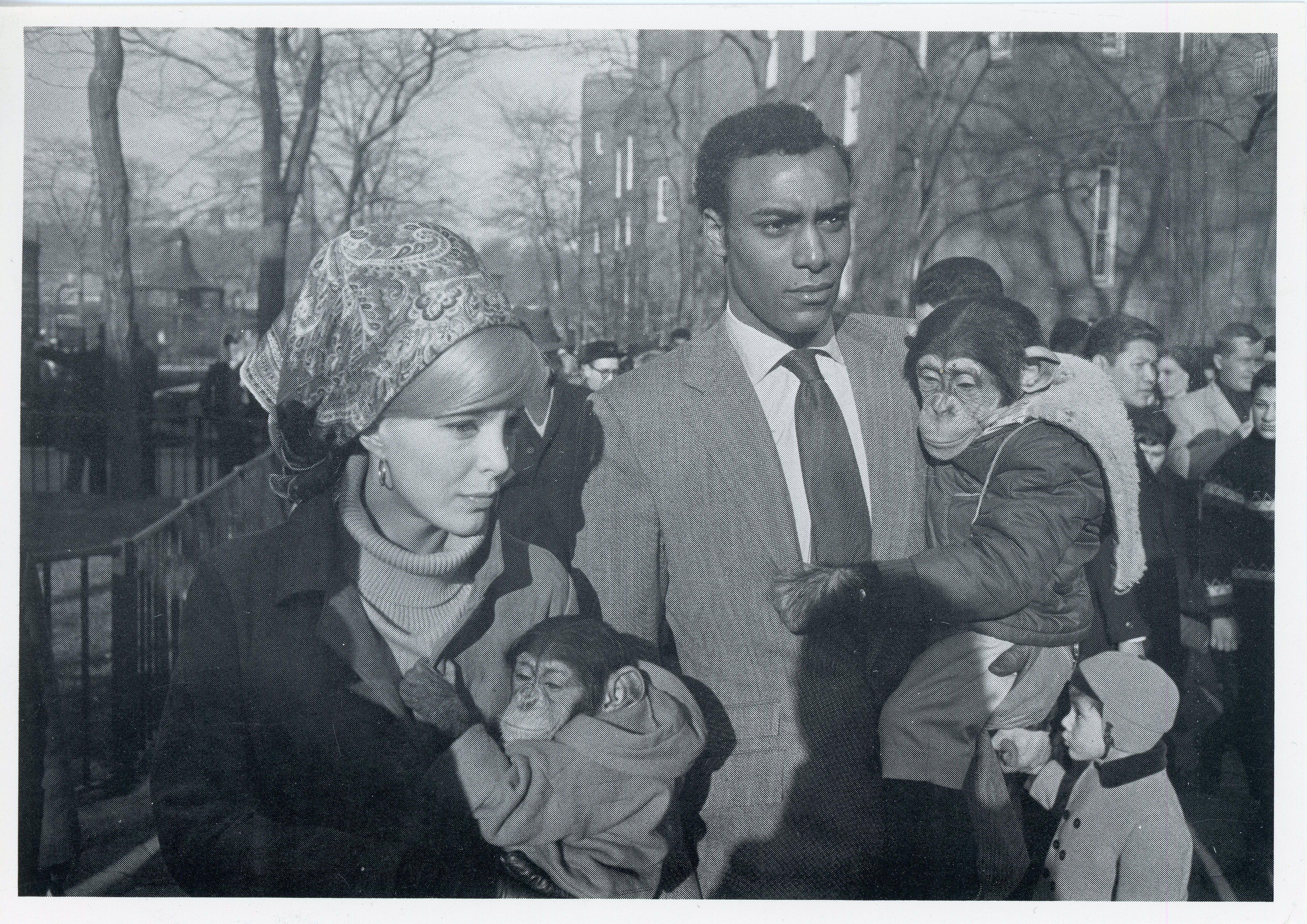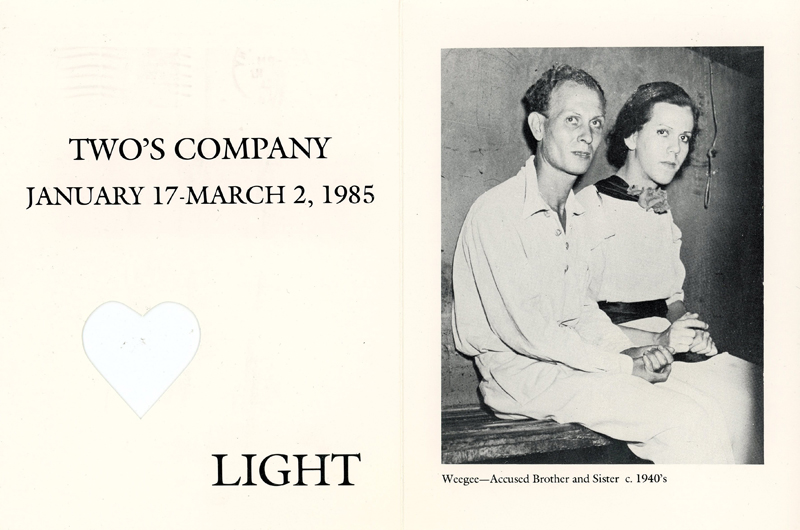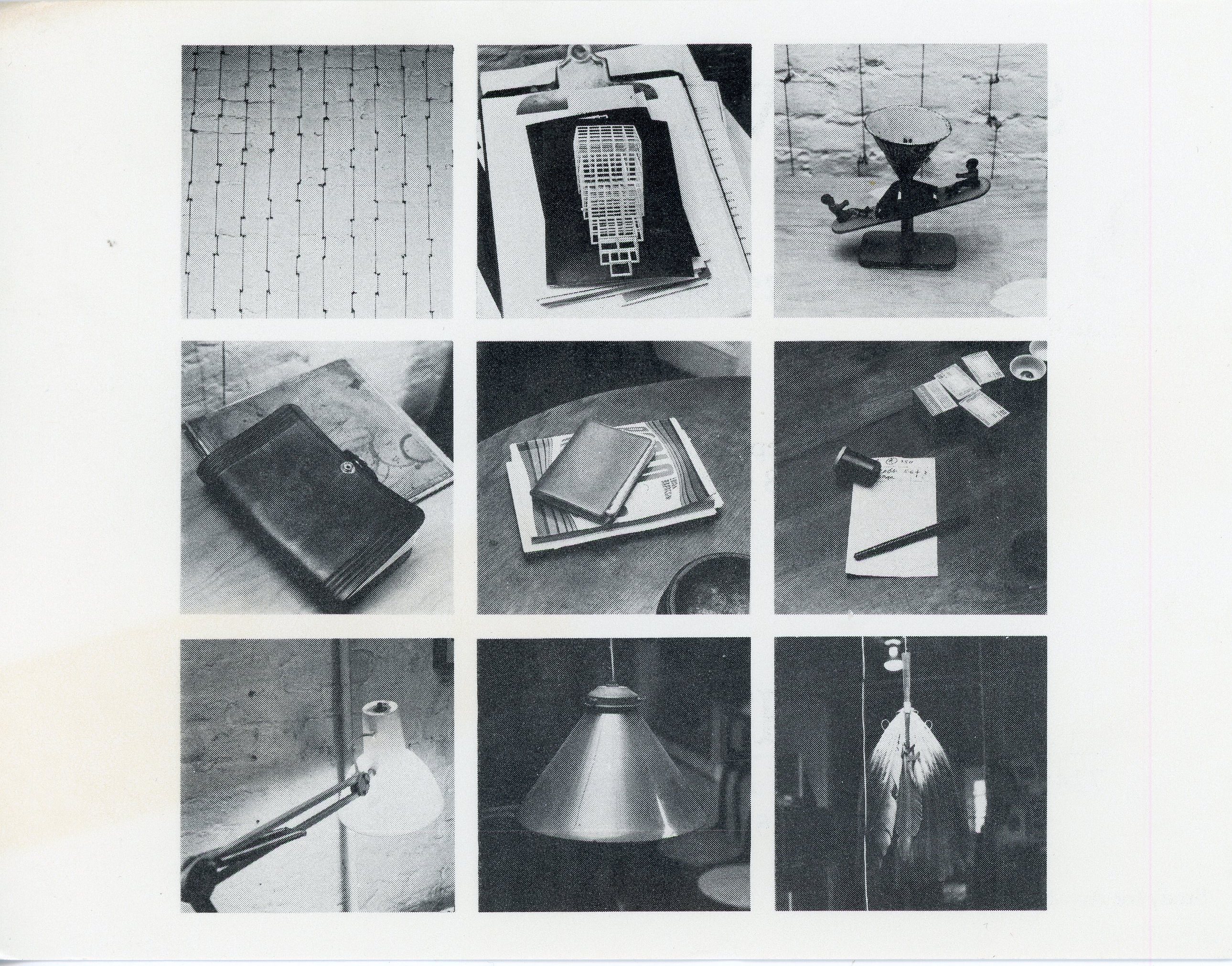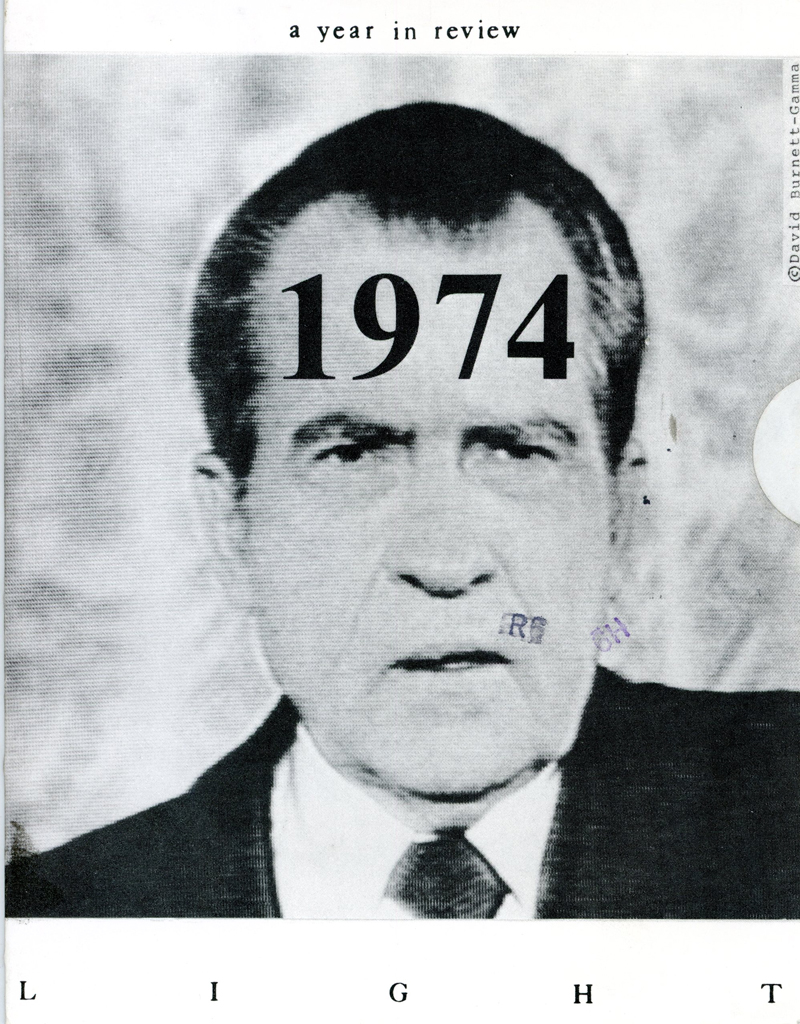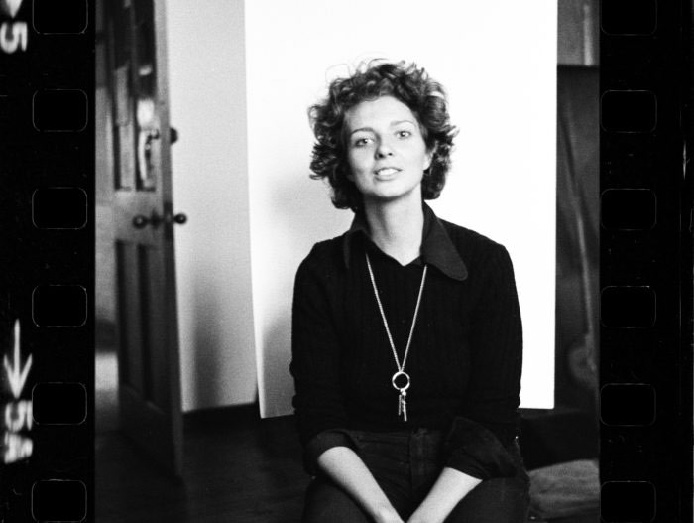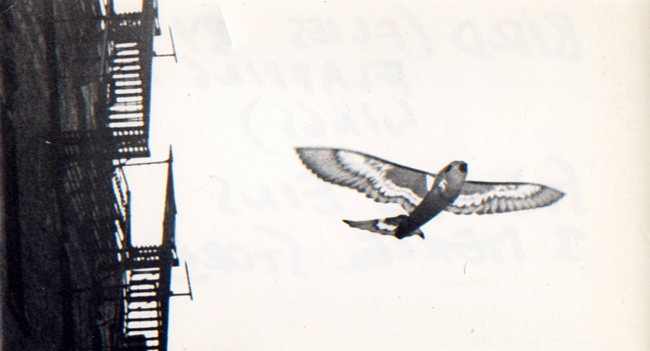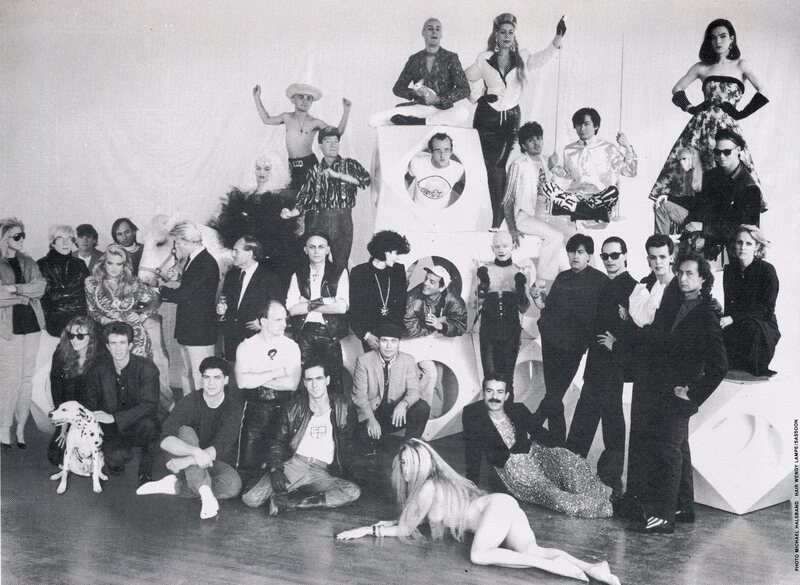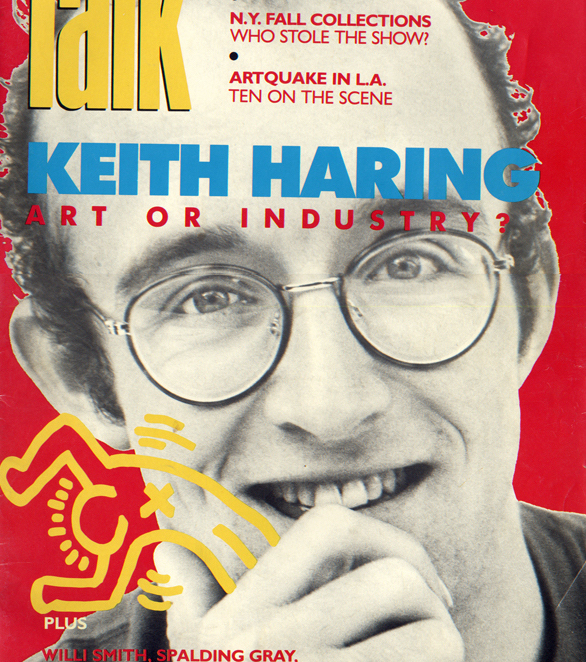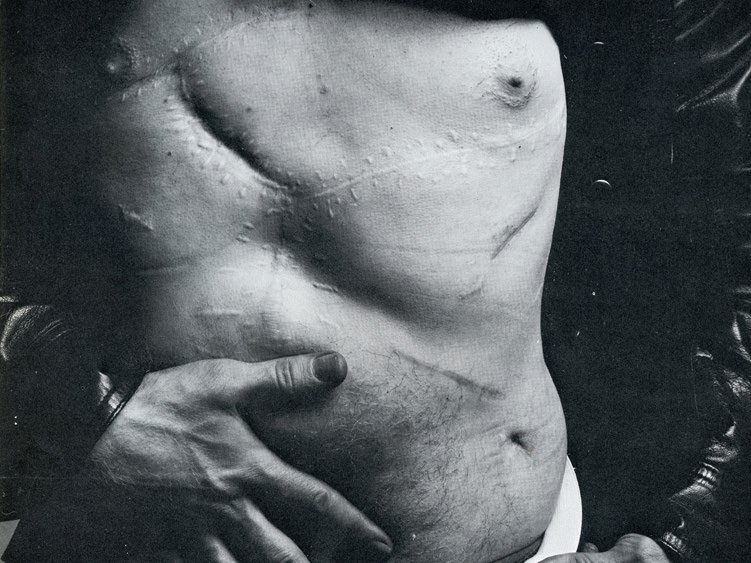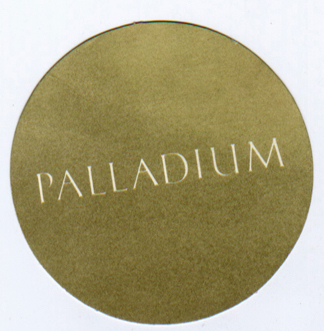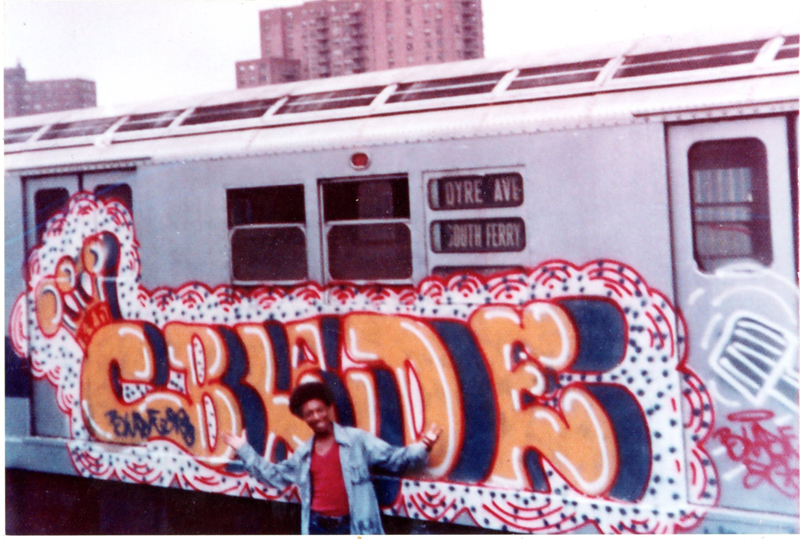Fine Arts Photography, Ephemera From Light Gallery, 1971–1987
Photography’s position as a respected branch of the fine arts is no longer questioned today. Most museums have photography departments, and there are numerous commercial galleries that specialize in the medium. While at first photographs were collected as technical innovations and as records of historical facts, in time collectors learned to also appreciate their unique aesthetics with growing numbers of photographers being regarded as artists.
The rise of photography as an art collectible has largely taken place over the last fifty years and much credit can be given to Light Gallery (1971–87), the first gallery to exclusively represent “artist photographers.” Founded by Tennyson Schad, Light Gallery’s decision only to work with living photographers interested in photography as a creative art form, marked a dramatic shift from older photo galleries that primarily focused on earlier historic photographs. Over its seventeen-year history, Light helped define the genre of art photography and launch many of its leading practitioners. It also created a network of collectors, and helped to train a generation of photography dealers many of whom are still active today.
The photographers favored by Light Gallery invented new methods for creating pictures to capture life’s subtleties and complexities. Creative excellence in photography drew upon a range of skills. Photographers were hailed by critics for their mastery of “photographic seeing,” for “looking in color,” for “sensitivity to light,” and for use of “selective focus.” Compositionally, photographs were praised for “structuring space,” for “orchestration of details,” and for intriguing “ambiguities of scale.” By their ability to “select, order, arrange and categorize” and by capturing “chance occurrences,” these photographers added to our knowledge of the human experience magnifying “patterns of behavior,” revealing “irony,” and enhancing “poetic expression.”
Light Gallery’s announcement cards show the full range of fine arts photography in the 1970s and 80s. Many were older photographers who had developed unique personal styles earlier in the century, while the younger photographers were influenced by contemporary art trends. Light Gallery exhibitions featured Ansel Adams’ landscapes, portraits by Arnold Newman, street scenes by Gary Winogrand, color shots by Stephen Shore, composites by Ray Metzker, and staged photo narratives by Duane Michaels, along with works by Harry Callahan, Thomas Barrow, Nicholas Nixon, André Kertész, Aaron Siskind, Les Krims, Linda Connor, William Klein and many more.
The fifty-two (52) announcement cards featured here are a curated sample of a much larger collection. Please contact Gallery 98 for additional information.

From the Collection
Sold
$100
Sold
Sold
Sold






